Researchers use quantum computing method to optimize molecular photoswitches for solar energy harvesting
Green Car Congress
AUGUST 31, 2023
Molecular photoswitches that can both convert and store energy could be used to make solar energy harvesting more efficient. The procedure was based on a dataset of more than 400,000 molecules, which the researchers screened to find the optimum molecular structure for solar energy storage materials.

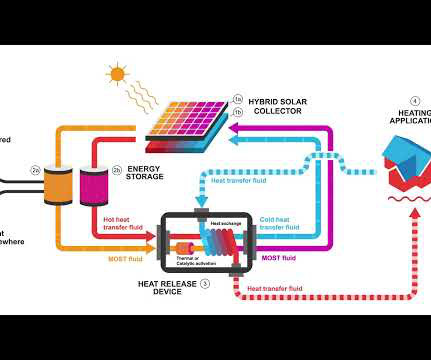


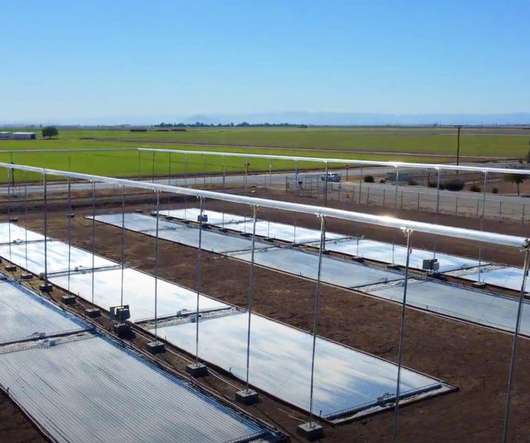




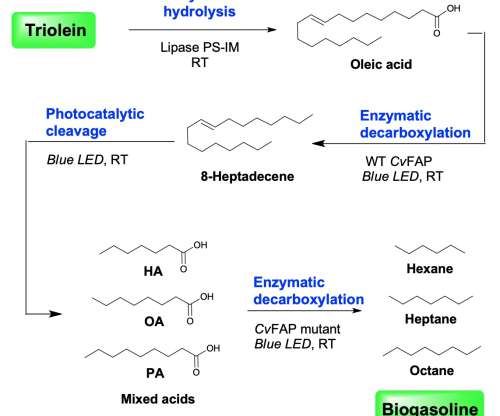






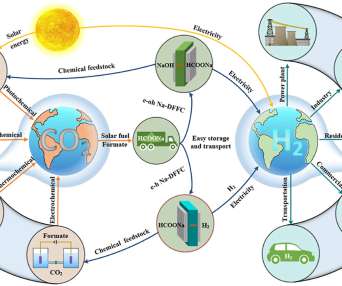









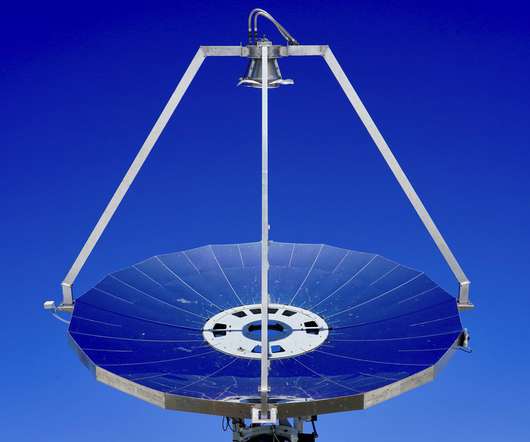

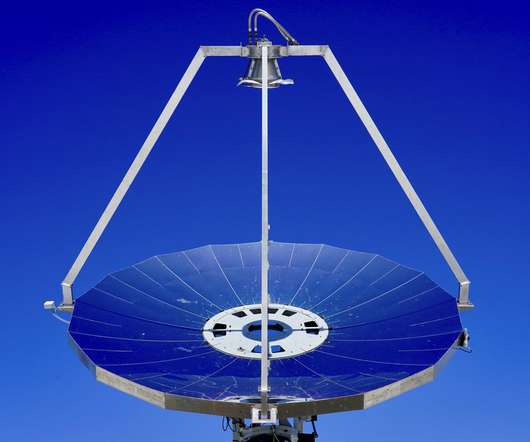

















Let's personalize your content